By Glenn Barnett
Throughout World War II the center of cryptography among the Allies was at the top-secret location at Bletchley Park outside London. There the best and brightest minds worked to decipher the Axis codes in order to read their internal messages. But even with their accumulated brain power, there was one American, working independently, who was able to make a valuable contribution to their work.
The United States Twelfth Air Force had a problem. Based near Algiers after the successful invasion of North Africa, the Twelfth and later the Fifteenth, under the command of Brigadier General Jimmy Doolittle, was tasked with bombing raids in support of Allied aims, first in Sicily and then Italy and against Axis targets throughout the Mediterranean. The problem was that they could not get accurate weather reports over the target areas in a timely manner.
As a result, Boeing B-17 Flying Fortress and Consolidated B-24 Liberator bombers would run into unexpected low overcast that blocked the view of their targets and forced them to drop their bombs by guessing, usually without success. At least one flight of B-17s returning from a mission to northern Italy at high altitude in winter conditions had their wings ice up. Ice on the wings weighed them down and distorted the airflow that caused lift. As a result, several bombers crashed into the sea because no high-altitude weather data was available to them.
Only weather stations on the continent of Europe could give accurate forecasts of weather there. These were all under the control of Germany and her allies and were sent out as encrypted messages that were a part of a different code than those used by the Kriegsmarine and Wehrmacht. It was one more problem for the Allied code breakers.
The Axis weather codes had been broken at Bletchley Park, and the daily weather reports could be read. These weather reports were sent on to North Africa using a British code. Often the cryptographers in London forgot to tell the Americans when they changed their sending code or did not provide them with the information in a timely manner to read the reports they sent. It could take a couple of days to get it all sorted, and by that time the weather could change.
Early in the American involvement in the war, signal intelligence was a brand new asset that was not yet trusted by military commanders. They often did not see the reason to have men on the front lines who did not carry a gun and fight. It took a while for them to see the value in intercepting enemy radio traffic and knowing what the enemy was thinking and doing. Another disadvantage of being a new unit was that signal intelligence was last in line to receive equipment for setting up operations.
The 849th Signal Intelligence Service was ordered to set up near Algiers in an isolated ravine without a telephone, no field wire, no radio set, or even a power unit. They begged and borrowed supplies until their equipment arrived.
Meanwhile, officers of the Twelfth Air Force, receiving the British weather reports, appreciated their accuracy when delivered on time. They began to see the value of having their own code breakers on site. Since the 849th was already attached to the Twelfth, it was easy to create Detachment G and add it to the 849th in July 1943.
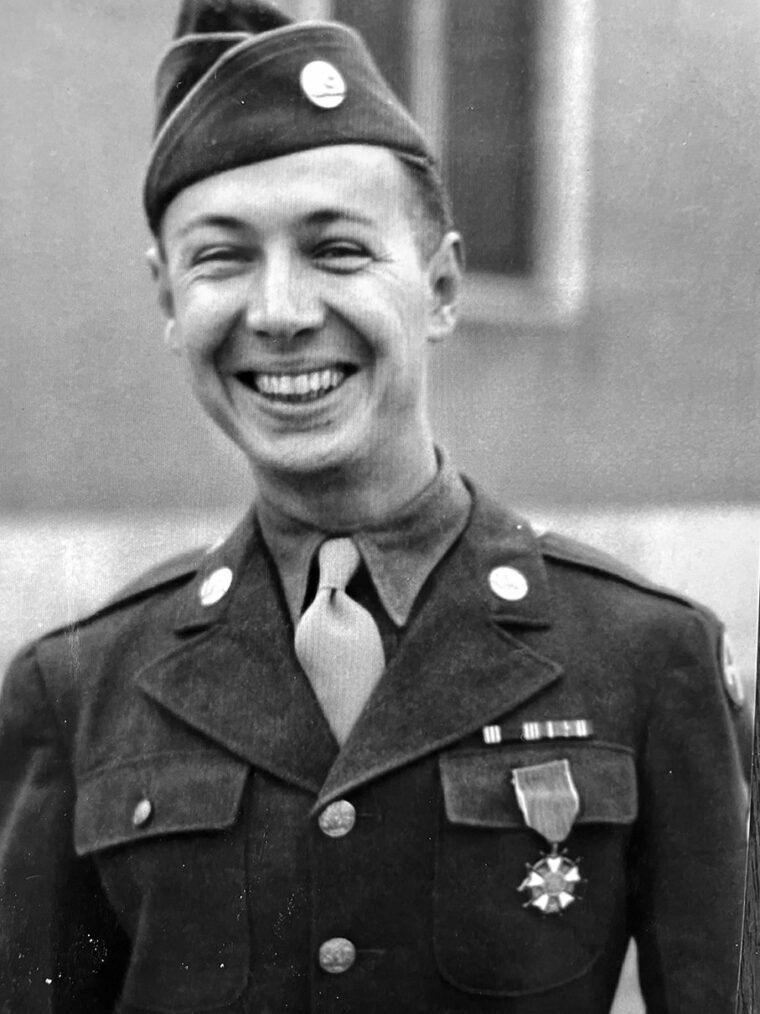
Detachment G was staffed with hastily trained cryptographers. At first “G” had difficulties procuring and training personnel, obtaining and modifying or even improvising equipment, but conditions would improve.
It would be their job to decode and read enemy weather station reports which would give meteorological observations for enemy-held territory. Soon Detachment G was sending decrypted weather reports to all of the headquarters sites of the Twelfth and the new Fifteenth U.S. Air Force, the British Royal Air Force bases in the Mediterranean, the U.S. Fifth Army, and the US and British Royal Navies in the Mediterranean Sea.
By now Air Forces four-engine bombers based in North Africa were bombing targets in Sardinia, Sicily, Naples, Foggia, and Terni near Rome. Bombers also hit the Ploesti oil fields in Romania, submarine pens at Toulon in southern France, and distant Luftwaffe bases in Trieste and Venice.
The German weather codes were based on the prewar International Meteorological Code (IMC). This was a numerically based code that had been in use worldwide. The open code consisted of 25 digits arranged in five lines of five numbers in each line. Information in the code included the location of the weather station of origin and their reporting of atmospheric pressure, weather conditions at low, medium, and high altitude, wind speeds, cloud types (0 meant no clouds, 9 meant bad weather), and more. The use of numbers in the prewar code allowed operators in each nation to convert it into their own language.
During the war, the Germans, Spanish, Italians, and Vichy French continued to use the 25 digits in five groups of five numbers but scrambled the numbers in their own codes to hide their content and usefulness to the enemy. The coding was sent out by the famous Enigma machines.
It was the job of the Allied cryptographers to break the frequently changing Axis codes to aid ships at sea and planes over enemy territory. Reading the codes of Germany’s allies was fairly easy. It was the German codes that presented a challenge.
When the Allies moved from North Africa to Italy in November 1943, the code breakers of Detachment G went with them and established headquarters near Foggia in southeastern Italy. They soon received some IBM equipment with a key punch machine and a skilled operator on loan from IBM. The IBM machines rapidly increased frequency counts of repeated “trigrams,” which was the name given to the German coding system. The dictionary defines trigrams as, “any of the eight possible combinations of three whole or broken lines.” It was complicated on purpose, and the IBM machines were a great help in sorting through it all. They saved a lot of time, as the reams of numbers would otherwise be sorted through by hand, a labor intensive task.
By February 1944, Detachment G reached its full complement of four officers and 60 enlisted men working in three shifts around the clock decoding, reading, and passing the weather reports to whoever needed them.
Newcomers that month included Sergeant Frank Onstine, an actuary in civilian life and a career he would return to after the war. Actuaries work with numerical probabilities and possibilities and are useful to insurance companies.
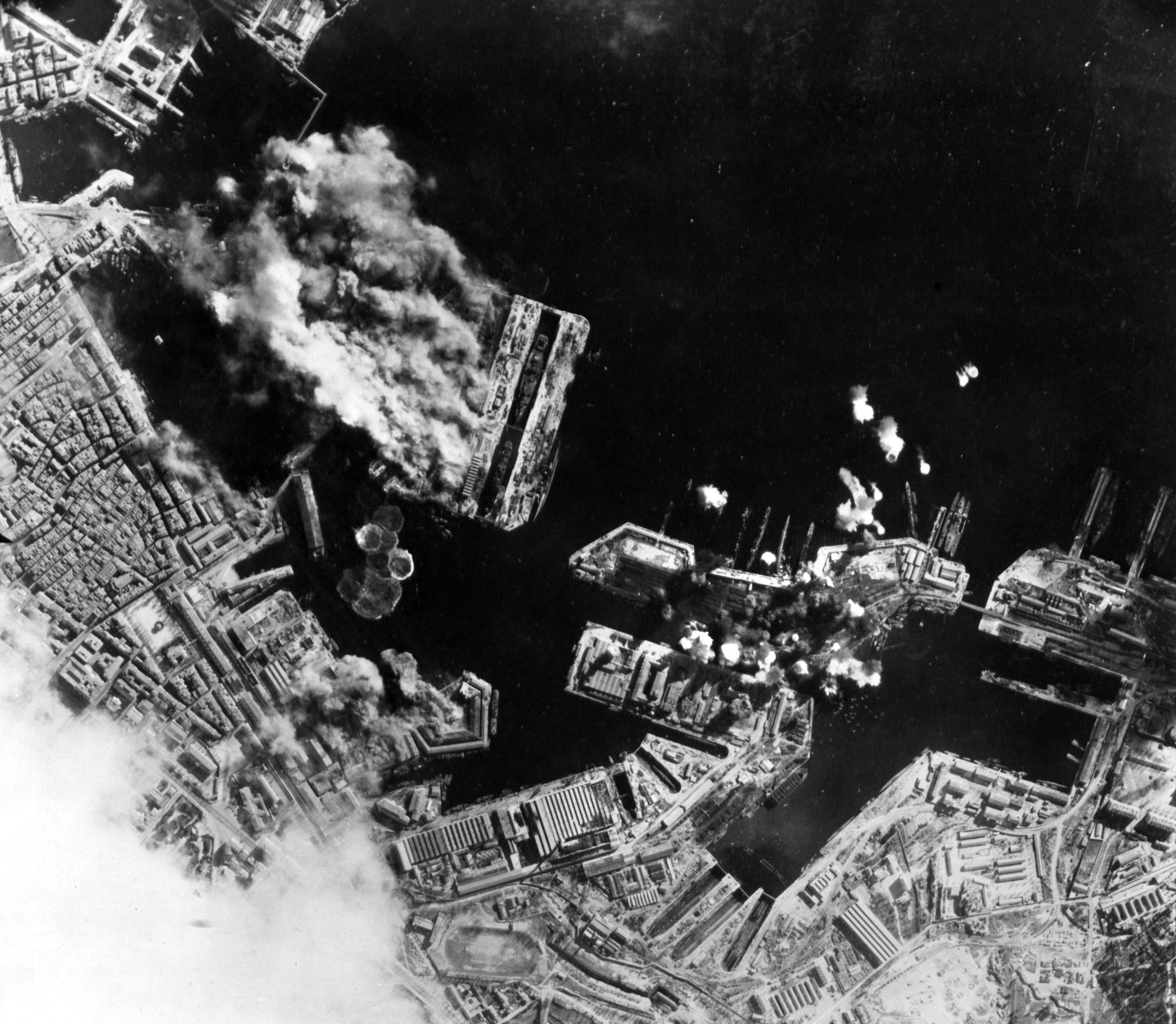
Onstine was born on January 6, 1919, in Cherokee, Iowa, graduated from Cherokee High School in 1936, and then went to the University of Iowa, where he earned money playing clarinet in a local “big band.” He graduated in 1940 with a degree in Mathematics, and he enjoyed solving complicated mathematical problems. He was a numbers man. Straight out of college he began working as an actuary with the Metropolitan Life Insurance Company before he was called up in 1943 and assigned to the Army Signal Corps.
Once he joined Detachment G, Onstine started straight away to immerse himself in the pages and pages of seemingly meaningless numbers issued by two separate German coding stations. He began to see patterns in the numbers and subsequently new patterns when the codes were changed.
Bletchley Park and Detachment G were intercepting two German ciphered transmissions. One called DDX originated in Berlin, while another, a clear text in Spanish and Portuguese, was called DAN. The easily read DAN codes helped the code breakers read the DDX from Berlin. But every time the Germans changed their code, the codebreakers had to start over.
In January 1945, after the Germans had once again changed their code, Onstine made an important discovery. Sifting through the numbers he realized that the Germans had not devised a new code, which would have been more complicated than the last, they had resorted to using an older code. That code had already been broken and could be easily read by the Allies if they knew of its use. Quietly, Onstine wrote a system using a free associative technique for discovering the use of older codes. He called it a “parent” and “grandparent” technique, which consisted of trigram tables to pinpoint which code was being used by Berlin.
Detachment G was then easily able to determine which of the older codes was in use and read it accordingly. The results of Sergeant Onstine’s insightful discovery and his tireless work in matching the current German codes with the former codes were shared with the cryptographers at Bletchley Park. Onstine’s British counterparts had no idea that the German codes were being repeated. They were astonished to learn that an American had not only figured it out but had developed a methodology for discovering which of their codes the Germans were using.
The British quickly took advantage of Onstine’s calculations in their own operations. They would refer to his method of determining the codes as “Onstineing.” The Germans never learned of this development and never developed a new code again.
For his part in the cryptography war, Onstine was awarded the Legion of Merit, and he and his fellow Detachment G code breakers were able to take some well-deserved leave as a reward.
After the war, Frank Onstine lived quietly in a suburb of Los Angeles with his wife Alice while raising three sons and a daughter. Like most returning veterans, he rarely spoke about the war or his modest contribution in helping to win it.
Author Glenn Barnett is a retired college instructor and aerospace engineer. He worked on the Apache helicopter, B-1B bomber, and Space Shuttle. He is a frequent contributor to WWII History.
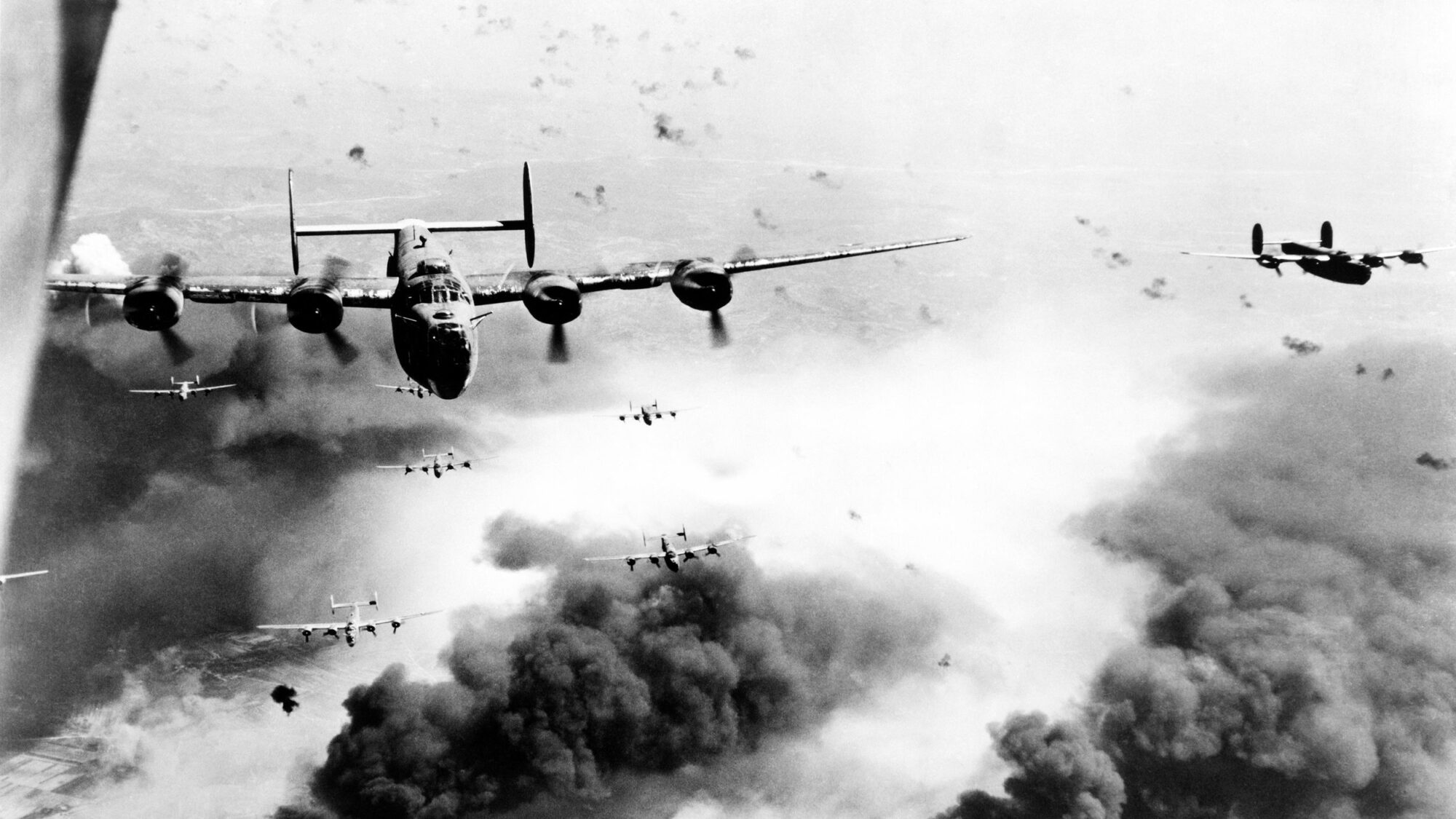
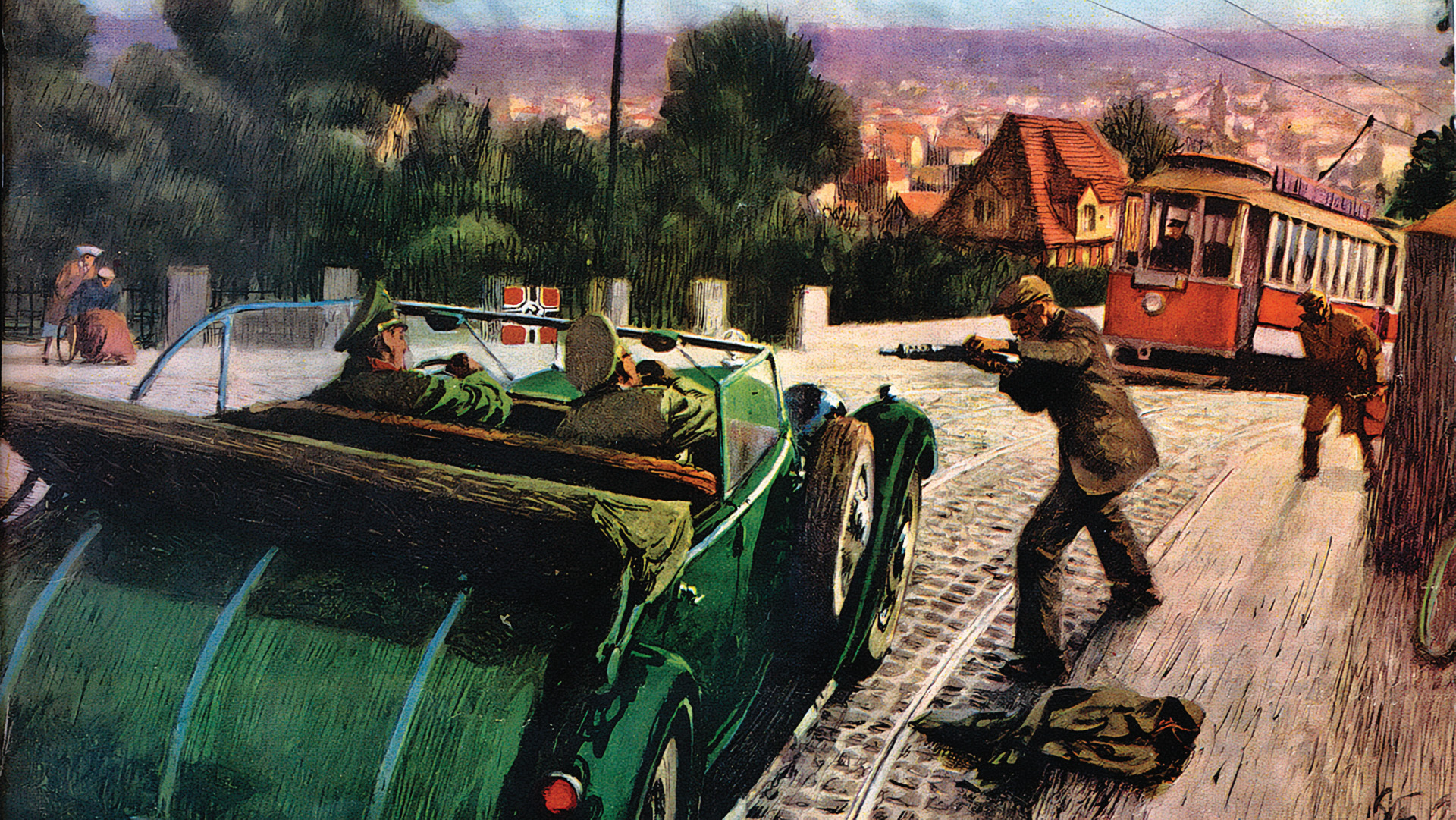
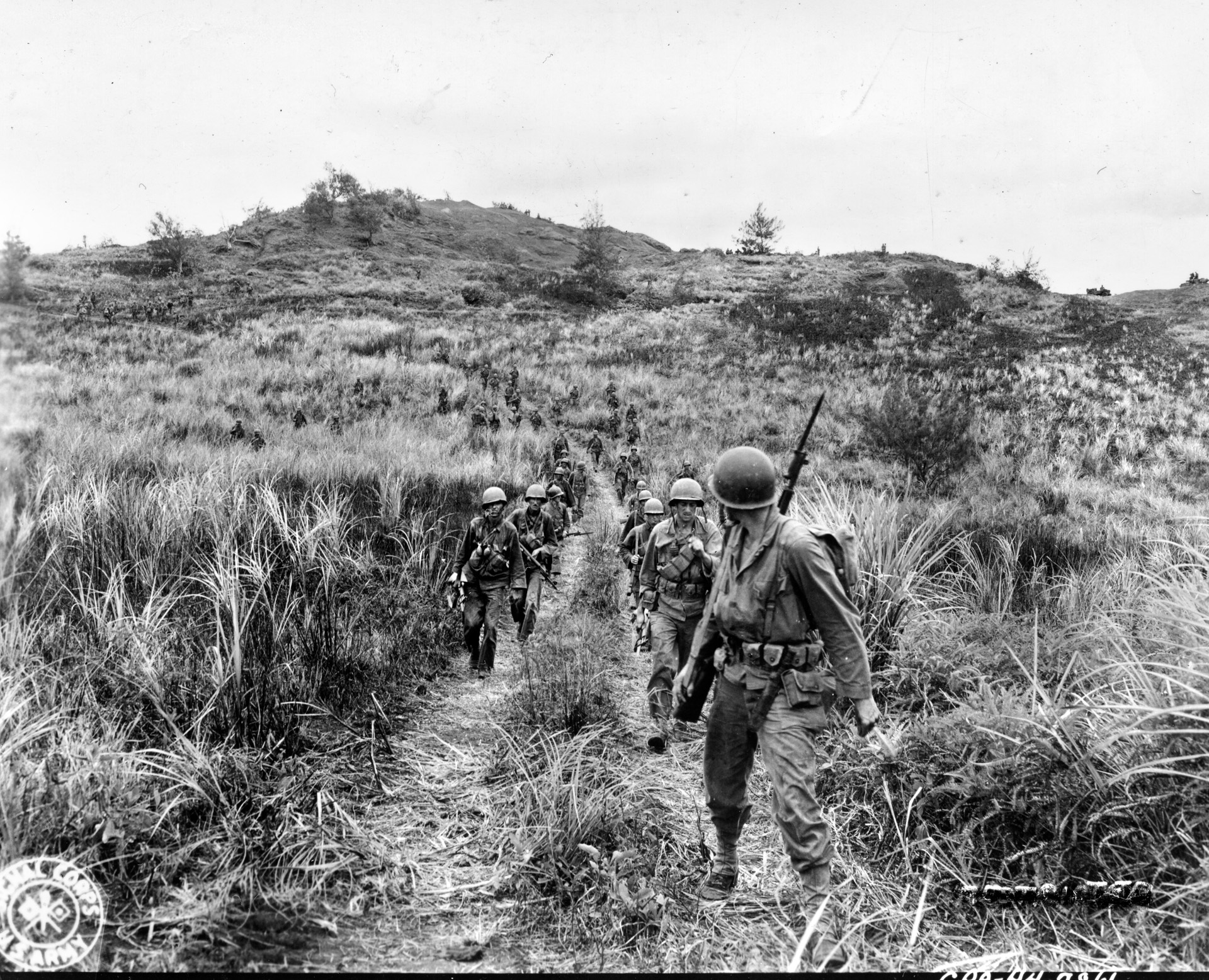
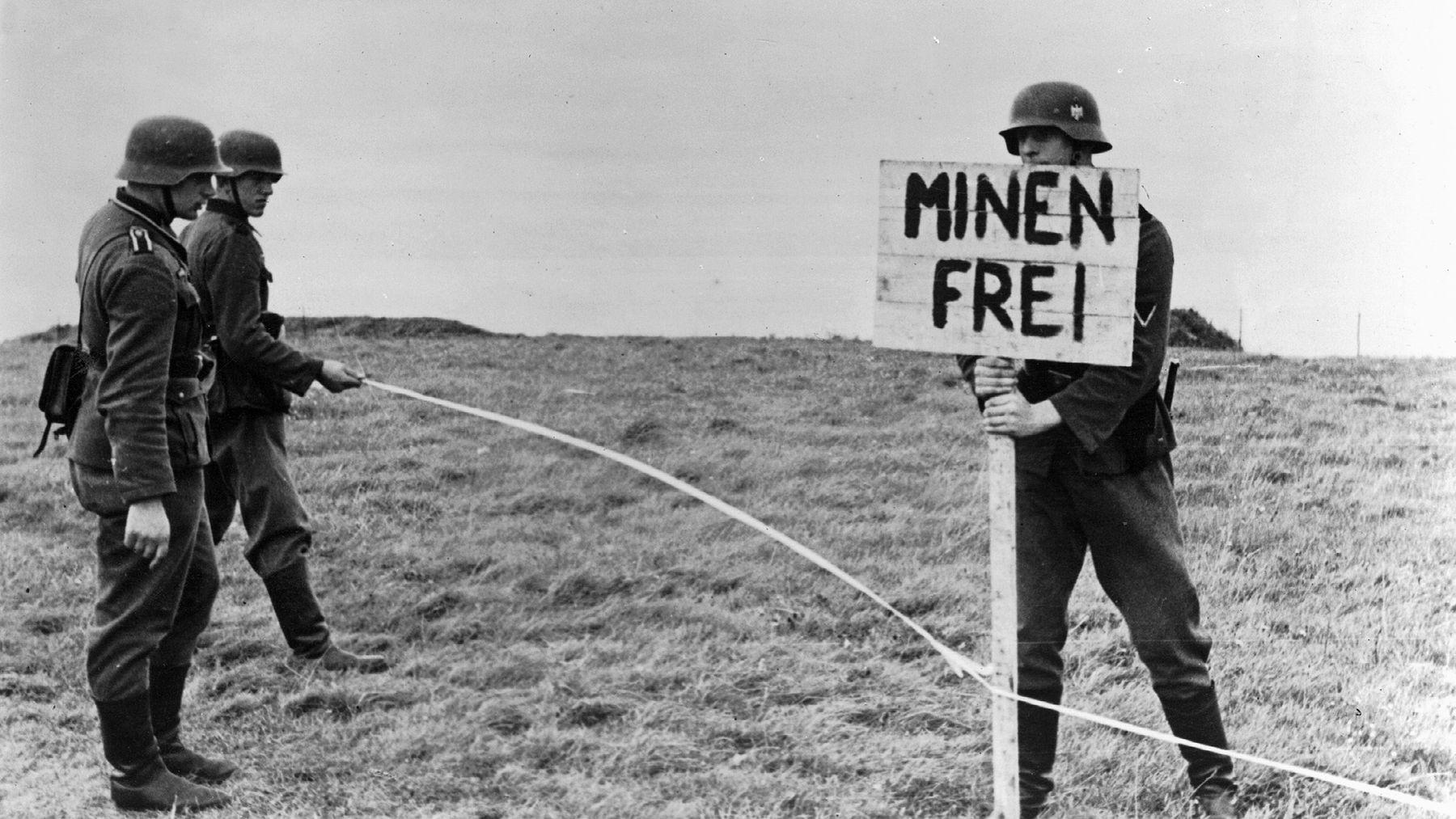
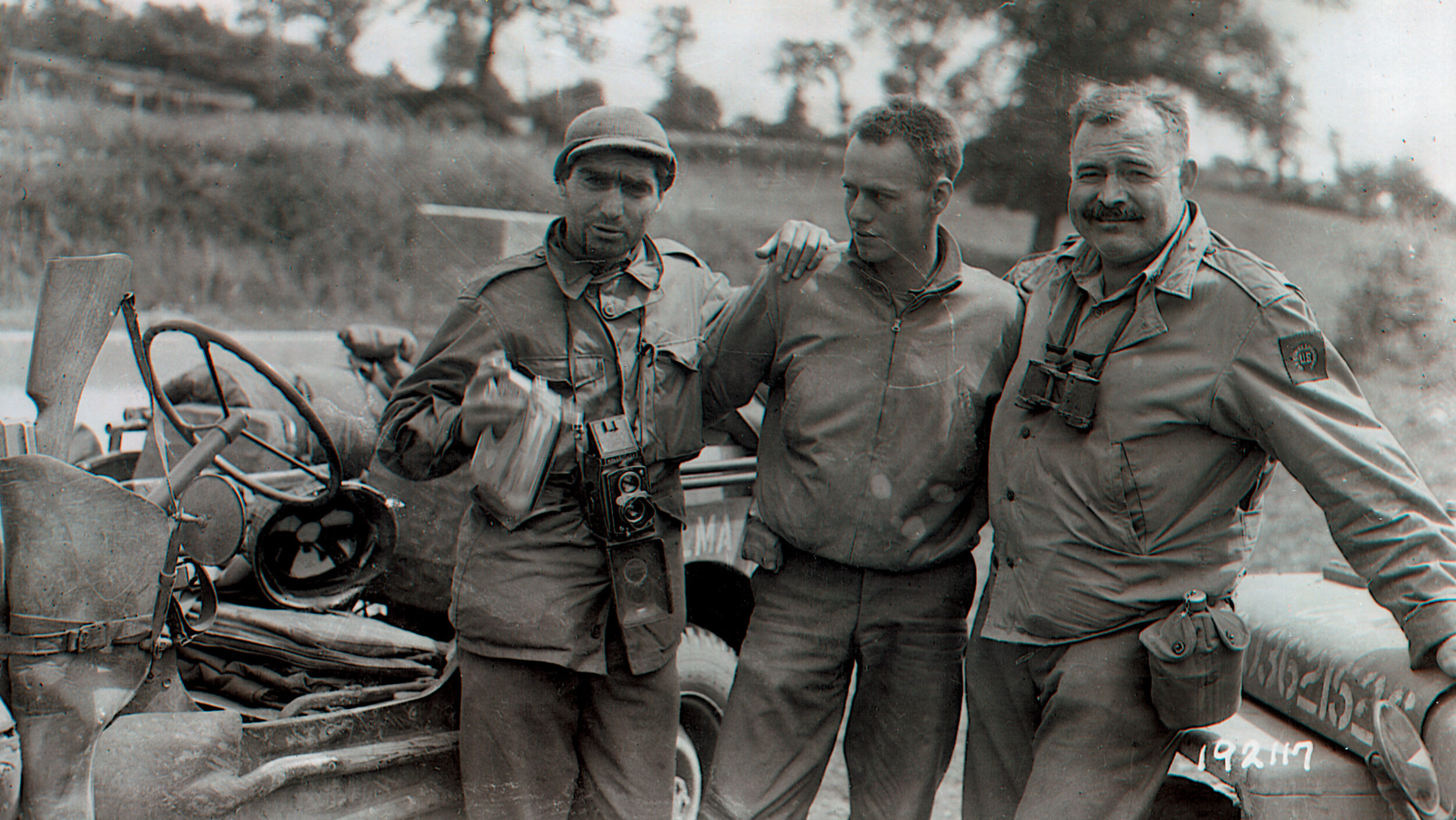

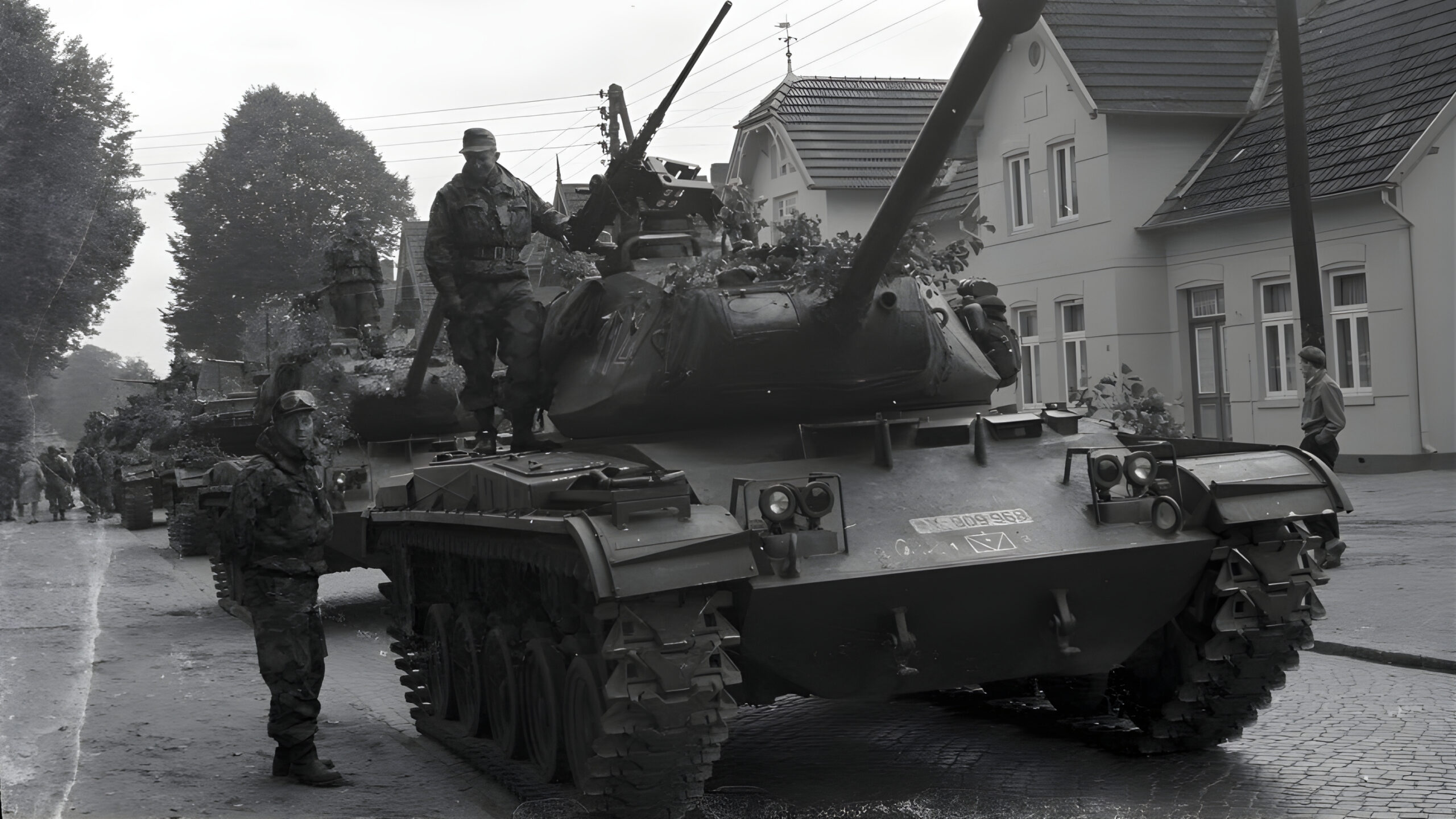
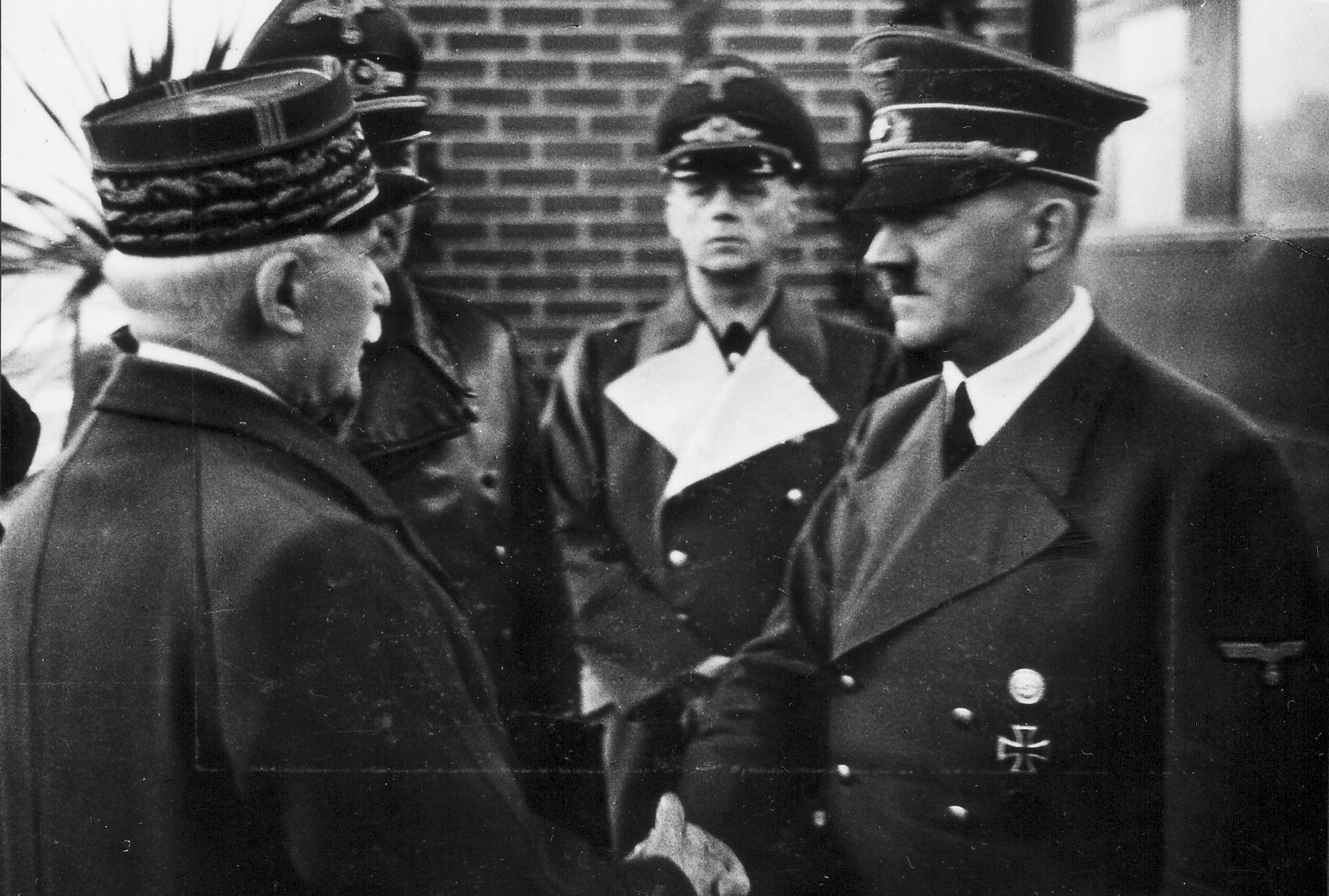
Join The Conversation
Comments
View All Comments